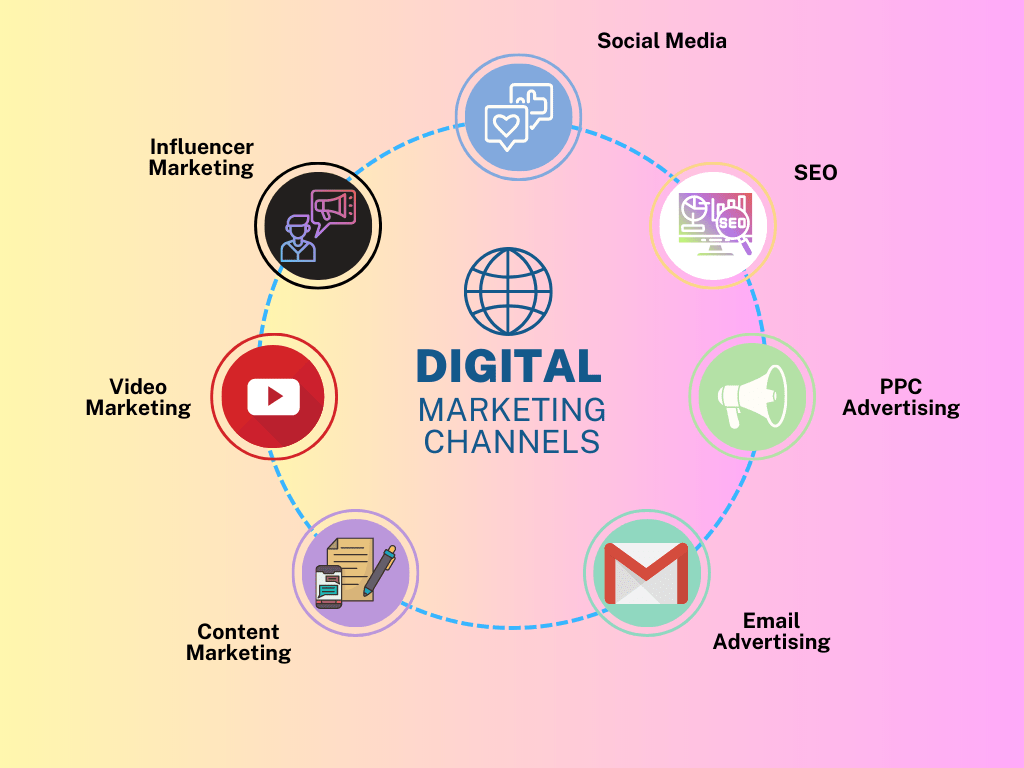Enhance User Experience and Drive Web Traffic With Receptive Website Design
In today's digital landscape, where individuals are accessing web sites from a wide range of devices, receptive internet style has actually ended up being much more essential than ever before. With its capacity to adapt and flawlessly adjust to various display sizes, responsive design not only improves user experience however additionally drives traffic to your web site.
Why Receptive Internet Style Issues
Receptive website design is a vital aspect of modern web development because of its capability to guarantee ideal customer experience across various devices and screen dimensions. With the spreading of smart devices, tablet computers, and various other mobile tools, it has ended up being critical for internet sites to adjust and give smooth capability despite the device being made use of.
The primary reason that responsive internet style issues is that it enables individuals to have a delightful and regular surfing experience, no matter the gadget they are utilizing. A receptive site immediately readjusts its layout, design, and content aspects to fit the screen dimension and resolution of the device, making sure that individuals can conveniently browse and communicate with the website without any inconvenience or disappointment.
Furthermore, receptive internet design additionally plays a significant duty in search engine optimization (SEARCH ENGINE OPTIMIZATION) Online search engine, such as Google, prioritize websites that are responsive and mobile-friendly in their search results. By integrating receptive layout concepts, sites can improve their exposure and position, leading to increased organic website traffic and potential clients.

Boosting Customer Involvement Via Responsive Layout
Optimizing user involvement is an essential objective of responsive layout, as it makes sure that users can conveniently accessibility and connect with website content on any kind of gadget. With the enhancing use tablets and smart devices, it is critical for internet sites to adapt to various screen dimensions and resolutions. Receptive layout enables web sites to instantly adjust their format and content to supply a smooth user experience throughout devices.
Among the major ways responsive layout increases user interaction is by minimizing lots times. With a receptive site, customers don't need to wait on different mobile variations to tons, causing quicker access to material. This better speed results in higher customer satisfaction and motivates them to spend even more time on the website.
Additionally, receptive layout boosts customer involvement by improving navigating and interface (The Ad Firm seo). When a website is developed responsively, switches and food selections are optimized for touch interactions, making it easier for customers to engage and navigate with the site on their mobile tools. This instinctive and user-friendly experience maintains individuals involved and urges them to explore more of the website
Moreover, receptive design allows for much better content presence and readability. By adapting the design and font style sizes to different tools, receptive web sites make sure that individuals can easily check out and comprehend the web content. This improves individual engagement by decreasing the requirement for zooming or scrolling to check out the text.
Increasing Site Website Traffic With Responsive Internet Layout
With the growing popularity of mobile phones, having an internet site that is responsive to different screen sizes and resolutions is necessary for driving enhanced website traffic. In today's digital landscape, users are accessing internet sites from a range of devices such as mobile phones, tablet computers, and home computer. Each of these gadgets has various display dimensions and resolutions, and if your site is continue reading this not created to adapt to these variations, it can result in a bad user experience and a loss of prospective web traffic.
Receptive website design ensures that your site looks and functions optimally throughout all tools. By utilizing flexible grids, fluid images, and media questions, responsive layout allows your web site to instantly readjust its layout, navigating, and material to fit any kind of display size. This means that users will certainly have a seamless surfing experience regardless of whether they are using a tiny smart device or a huge desktop computer computer system.
Crucial Element of Efficient Responsive Layout
Reliable receptive layout includes numerous essential aspects that make sure a smooth individual experience across different devices. This enables material to be displayed my company in a aesthetically attractive and legible fashion on any kind of device.
One more important element is media questions. These permit designers to apply various styles and layouts based on the features of the individual's gadget, such as screen size and orientation. By utilizing media inquiries, designers can maximize the discussion of material for every tool, ensuring that it is understandable and quickly available.
Responsive pictures are likewise vital in effective responsive layout. Pictures that are as well huge can reduce page lots times on mobile tools, while photos that are as well small may show up pixelated on bigger screens. By making use of techniques such as responsive image resizing and careless loading, developers can make certain that images are properly sized and maximized for each and every tool.
Finally, efficient receptive style entails a mobile-first method. This suggests creating and prioritizing content for smart phones first, and after that expanding and enhancing the style for larger displays. This approach makes certain that the most important web content is conveniently accessible on smaller displays, while still giving a rich experience on bigger devices.
Ideal Practices for Implementing Receptive Website Design
Carrying out responsive internet style needs mindful factor to consider of numerous best techniques to guarantee an optimal individual experience throughout different devices. When applying receptive web layout., here are some vital finest methods to adhere to.
Firstly, it is crucial to prioritize mobile users. With the enhancing dominance of smart phones, developing for mobile-first has ended up being important. Beginning by making for smaller displays and afterwards considerably improve the format for bigger displays.

One more essential best practice is to enhance pictures for different display resolutions. Big images can reduce down the loading time of your website, specifically on mobile phones with slower connections. Use responsive photos that can be resized based upon the gadget's display resolution to improve efficiency.
In addition, examination your site on various gadgets and display sizes to make certain a consistent and seamless experience. There are numerous screening devices offered that can assist you recognize any kind of issues and make necessary adjustments.
Last but not least, prioritize usability and access. Ensure that your website is easy to navigate, with clear and concise content. See to it that your web site is available to people with specials needs and complies with access Check Out Your URL guidelines.
Conclusion
Finally, responsive internet layout plays an essential duty in improving user experience and driving web traffic to web sites. By embracing receptive style principles, internet sites can ensure ideal seeing experiences across different devices, bring about enhanced individual interaction (The Ad Firm). Receptive style can likewise contribute to higher website web traffic as it enhances search engine rankings and facilitates easy sharing of material. Businesses should concentrate on carrying out the crucial components and best methods of receptive layout to efficiently fulfill the demands of contemporary customers.
Optimizing customer involvement is an essential goal of responsive design, as it ensures that individuals can quickly gain access to and communicate with website content on any type of tool. Responsive style makes it possible for sites to instantly change their design and web content to supply a smooth individual experience across devices.
Furthermore, responsive design improves user engagement by enhancing navigating and customer interface.Receptive pictures are also essential in efficient receptive design. By taking on responsive layout principles, internet sites can ensure ideal viewing experiences throughout various tools, leading to enhanced user engagement.